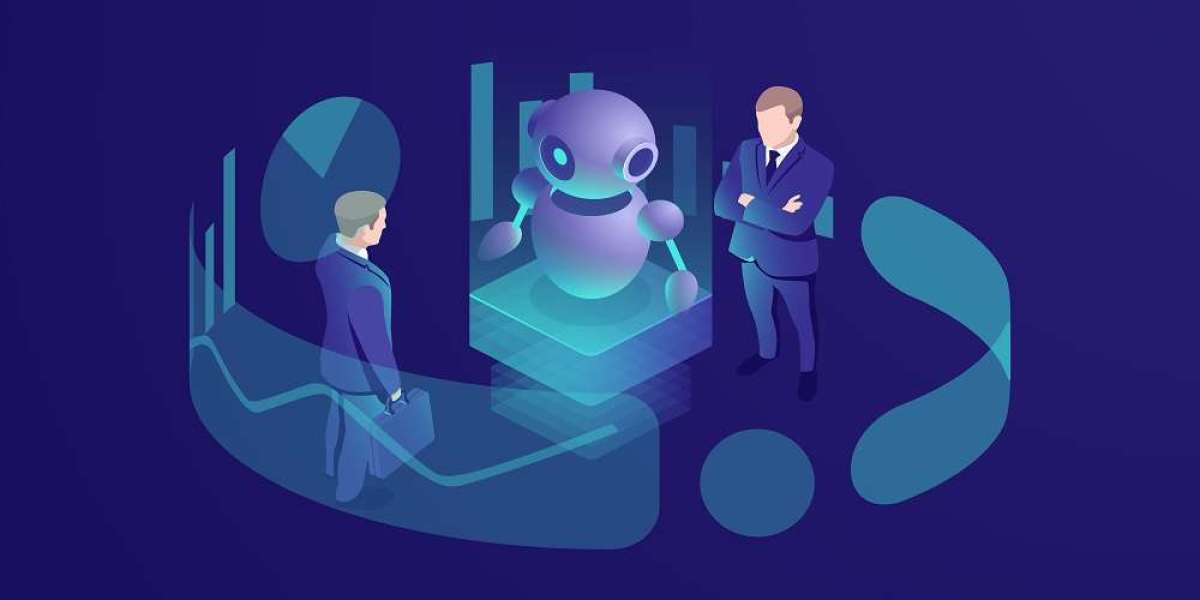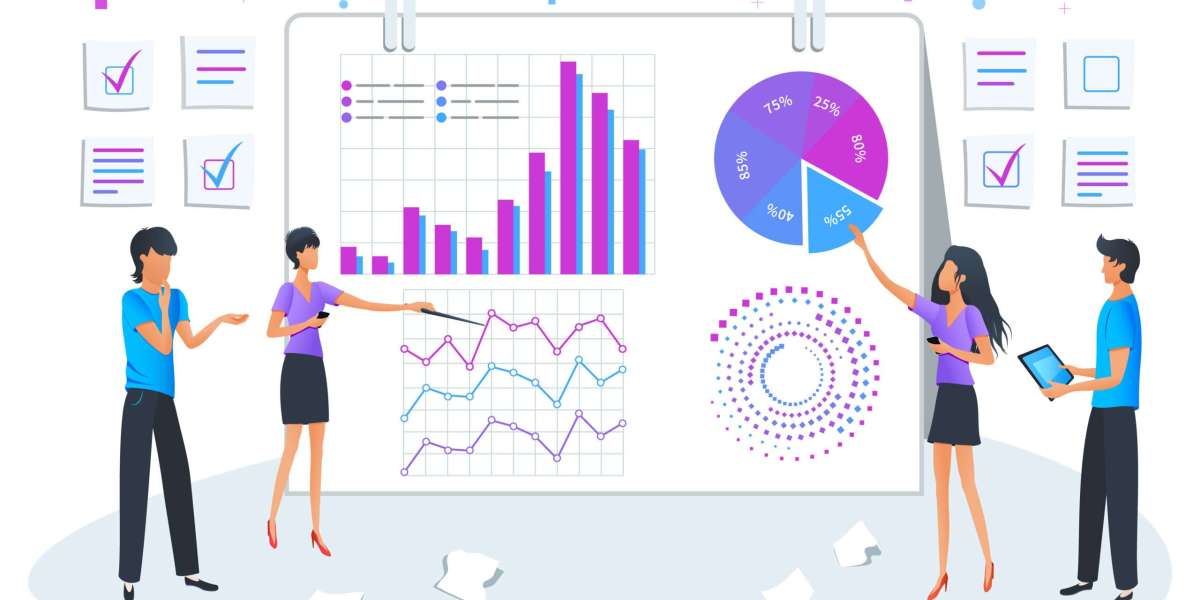In the dynamic world of business, the ability to predict future trends and demands accurately can provide a significant competitive advantage. The rise of artificial intelligence forecasting is revolutionizing traditional demand forecasting models, making them more accurate, efficient, and adaptive. This blog will delve into how AI is transforming forecasting models, the benefits it brings, and its implications for the future of business.
Introduction
Understanding Demand Forecasting
Demand forecasting involves predicting future customer demand using historical data, market analysis, and statistical methods. Accurate demand forecasting helps businesses plan production, manage inventory, and optimize supply chains, ultimately leading to improved customer satisfaction and profitability.
The Role of Artificial Intelligence in Forecasting
Artificial intelligence (AI) uses advanced algorithms and machine learning techniques to analyze large datasets, identify patterns, and make predictions. AI forecasting models can process vast amounts of data quickly and accurately, providing more reliable forecasts than traditional methods.
How AI is Transforming Forecasting Models
1. Enhanced Data Processing
One of the key advantages of AI forecasting models is their ability to process and analyze large volumes of data from multiple sources. This includes historical sales data, market trends, social media activity, and even weather patterns. By integrating diverse data points, AI can provide more comprehensive and accurate forecasts.
2. Improved Accuracy
AI models use sophisticated algorithms to identify patterns and relationships that traditional methods might miss. This results in more accurate demand forecasting. Machine learning algorithms continuously learn and improve from new data, refining their predictions over time.
3. Real-Time Analysis
Traditional forecasting models often rely on static data, which can quickly become outdated. AI models, on the other hand, can perform real-time analysis, providing up-to-date forecasts that reflect current market conditions. This enables businesses to respond swiftly to changes in demand.
4. Automation and Efficiency
AI automates many aspects of the forecasting process, reducing the need for manual data entry and analysis. This not only saves time and resources but also minimizes the risk of human error. Automated demand forecasting allows businesses to focus on strategic decision-making rather than routine tasks.
5. Advanced Pattern Recognition
AI's advanced pattern recognition capabilities enable it to identify complex relationships and trends within data. This includes detecting seasonality, cyclical patterns, and outliers. As a result, AI forecasting models can provide deeper insights into market behavior and future demand.
6. Scalability
AI forecasting models are highly scalable, making them suitable for businesses of all sizes. Whether it's a small business with limited data or a large corporation with extensive datasets, AI can handle the workload and provide accurate forecasts.
Benefits of AI in Demand Forecasting
1. Better Decision Making
Accurate demand forecasting empowers businesses to make informed decisions regarding inventory management, production planning, and resource allocation. This leads to improved operational efficiency and cost savings.
2. Enhanced Customer Satisfaction
By accurately predicting demand, businesses can ensure they have the right products available at the right time. This reduces stockouts and overstock situations, leading to higher customer satisfaction and loyalty.
3. Competitive Advantage
Businesses that leverage AI for demand forecasting gain a competitive edge by being able to anticipate market trends and respond proactively. This allows them to stay ahead of competitors and capitalize on emerging opportunities.
4. Risk Mitigation
AI forecasting models help businesses identify potential risks and uncertainties in the market. By anticipating fluctuations in demand, companies can develop contingency plans and mitigate the impact of unforeseen events.
Challenges in Implementing AI Forecasting Models
1. Data Quality and Integration
The accuracy of AI forecasting models depends heavily on the quality and completeness of the data. Integrating data from various sources can be challenging, and poor data quality can lead to inaccurate predictions.
2. Technical Expertise
Implementing and maintaining AI forecasting models requires specialized knowledge and skills. Businesses may need to invest in training or hire experts to manage their AI systems effectively.
3. Cost
The initial cost of implementing AI forecasting models can be high, especially for small businesses. However, the long-term benefits often outweigh the upfront investment.
Future Trends in AI Forecasting
1. Increased Adoption
As AI technology continues to evolve and become more accessible, more businesses are expected to adopt AI forecasting models. This will lead to widespread improvements in demand forecasting accuracy and efficiency.
2. Integration with IoT
The integration of AI with the Internet of Things (IoT) will provide even more data points for forecasting models. This will enable real-time monitoring and prediction of demand based on various factors, such as consumer behavior and environmental conditions.
3. Personalization
AI will enable more personalized demand forecasting, tailoring predictions to individual customers or specific market segments. This will help businesses offer more targeted products and services, enhancing customer satisfaction.
Conclusion
Artificial intelligence forecasting is transforming the landscape of demand forecasting. With its ability to process large datasets, improve accuracy, and provide real-time analysis, AI is revolutionizing how businesses predict and respond to market demand. The benefits of AI forecasting models include better decision-making, enhanced customer satisfaction, competitive advantage, and risk mitigation. Despite the challenges of data quality, technical expertise, and cost, the future of AI in demand forecasting looks promising. Businesses that embrace AI technology will be well-positioned to thrive in the ever-changing market landscape.
Predict your sales volume and demand trends with our Artificial Intelligence-based SaaS platform visit: https://thousense.ai/
Source: https://bresdel.com/blogs/557158/How-Is-Artificial-Intelligence-Transforming-Forecasting-Models







